How Depression Works
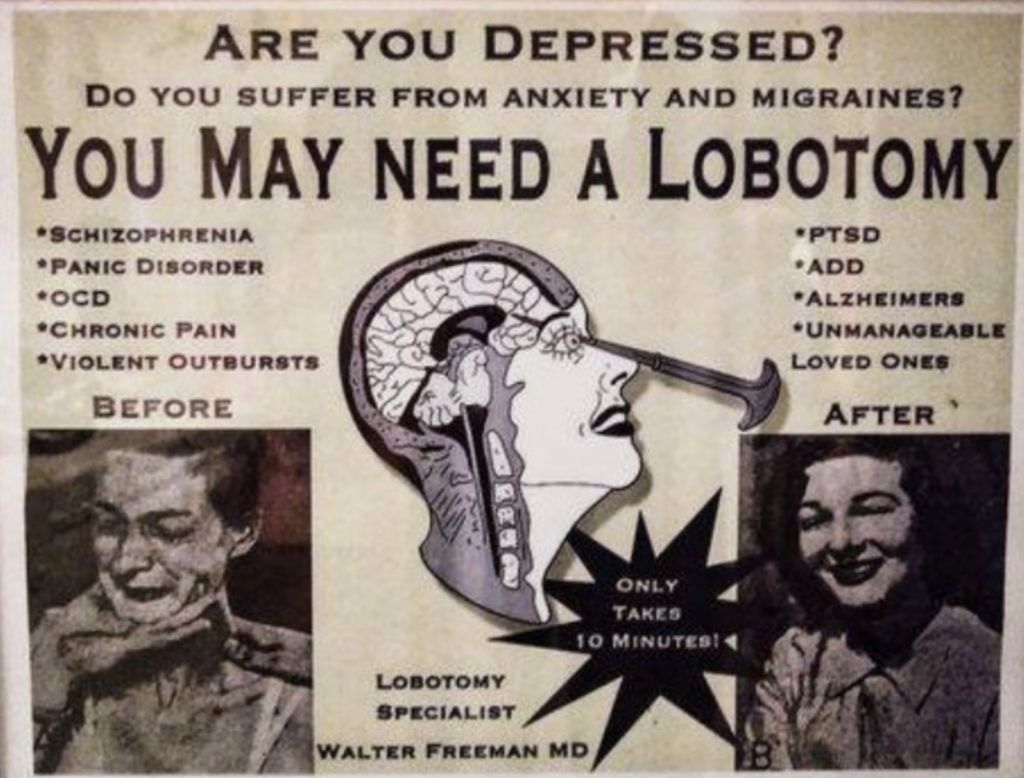
By: Maria Trimarchi
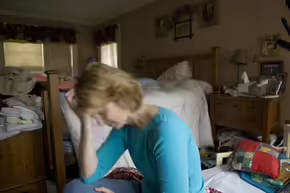
It’s normal for us all to find ourselves sad from time to time, but what happens when those feelings persist and grow into intense hopelessness and despair?
It may be depression.
Every month, about 20 percent of Americans have at least one symptom of a mood disorder, and it can happen to anyone, old or young, any race and ethnicity
Mental Health America | Homepage | Mental Health America (mhanational.org)
But just like other illnesses, from heart disease to diabetes, depression manifests differently in each of us, varying in severity and symptoms.
There are a number of depressive illnesses, including:
- major depression
- chronic depression
- bipolar disorder
and Seasonal Affective Disorder (SAD).
The most commonly diagnosed conditions are major depression (also known as major depressive disorder or clinical depression) and chronic depression (also known as dysthymia or dysthymic disorder).
One in 10 adults — about 19 million of us — experience symptoms of major depression every year, a disabling combination of symptoms that interfere with daily life
Depression | Mental Health America (mhanational.org)
Depression might rear its head once in a lifetime or frequently through the years.
Chronic depression is milder and characterized by long-lasting symptoms of two years or more.
Living in the U.S. may also increase your chances of suffering from a mood disorder.
In 2004, Americans were found to be the most depressed population.
How Population Works | HowStuffWorks
In one year, 9.6 percent will experience major depression, chronic depression or bipolar disorder.
Nigeria, by comparison, reports a 0.8 percent rate of depressive illnesses
[source: News Limited]
Why?
Possibly because Americans are fairly willing to admit depression and accept mood disorders as illnesses.

In some countries, such as Nepal, it’s against the law to be mentally ill.
Communism in Nepal – Library of Rickandria
Some populations ostracize people who suffer from depression.
Let’s look at the ins and outs of this common illness, the criteria for diagnosis and the available treatment.
But first, what are the symptoms and causes of depression?
Contents
- Depression Symptoms
- Depression Causes
- Depression Diagnosis
- Treating Depression
Depression Symptoms
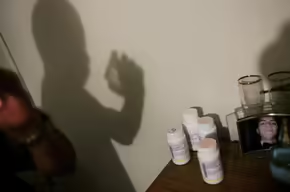
Not everyone suffering from depression will experience all of the same symptoms or the same severity of symptoms.
Typically, five or more of the following symptoms must be present for at least two weeks before a depressive disorder is diagnosed:
- Persistent sadness
- Loss of interest in usual activities
- Feelings of guilt, hopelessness, helplessness, worthlessness
- Increased restlessness, irritability
- Changes in eating and sleeping (fatigue, lethargy, weight loss/gain)
- Insomnia or excessive sleeping
- Indecision, difficulty concentrating, forgetfulness
- Persistent pains that don’t respond to treatment (headaches, stomachaches, digestive problems)
- Worsened existing chronic conditions (such as arthritis or diabetes)
- Thoughts of suicide; self-mutilation or suicide attempts
- men
- women
- children
are susceptible to symptoms of depression but often experience the symptoms differently — mood disorders are not one-size-fits-all.
At least one in eight adolescents and one in 33 children experience major depression.
[source: Mental Health America]
Symptoms for teens and children are slightly different than in adults and may additionally include:
- Apathy, social withdrawal, isolation from friends/family
- Drop in school performance
- Play involving excessive aggression toward self or others, or play involving persistently sad themes
- In addition, teens and children sometimes have parents who suffer from major depression.
Women are twice as likely as men to suffer from major or chronic depression; however, the discrepancy between the sexes remains unclear.
Researchers are studying a myriad of possible links to higher rates of depression in women, including hormones, genetics and biology as well as psychosocial factors.
One theory is that men are less likely to seek help.
While men tend to be willing to admit to:
- fatigue
- irritability
- loss of interest in activities
and changes in sleep patterns, they typically don’t share feelings of sadness and worthlessness.
They are more likely than women to use alcohol or drugs to mask their feelings.
Elite’s Drug Management – Library of Rickandria
Women, though, are more likely to acknowledge feelings of:
- sadness
- guilt
- worthlessness
Learn about the causes of depression.
Depression Causes
There is no single cause for depression, but research suggests four factors from which it likely results:
- genetic
- biochemical
- psychological
and environmental.
While scientists haven’t discovered a “depression gene,” they have seen evidence based on family histories suggesting there may be a genetic link.
Children of people with major depression are more likely to experience depression than the general population.
But because depression also occurs in individuals without family histories of the illness, researchers continue to study additional factors.
BLOODLINES – Library of Rickandria
Research with magnetic resonance imaging (MRI) reveals that depressive illnesses are brain disorders.
Brainwaves – Library of Rickandria
The brains of people with depression have abnormal levels of brain chemicals called neurotransmitters, the messengers between the brain and the body.
Human Brain – Library of Rickandria
Psychological factors also come into play.
People with certain characteristics such as pessimism and low self-esteem have a tendency to develop depression.
These characteristics, combined with environmental stressors such as:
- relationships
- illness
- financial problems
or major life events, contribute to patterns of depressive illness.
Depression’s onset is frequently a combination of these causes.
Next, we’ll discuss how mood disorders are diagnosed, including a look into a video game that may help detect depression.
Postpartum Depression
About 80 percent of new mothers will have the “baby blues” — mood swings that normally occur days after giving birth to their babies and subside in a few weeks as hormone levels return to normal.
However, if symptoms continue longer than a few weeks, a woman may be diagnosed with postpartum depression (PPD), which happens to an estimated 10 percent of moms.
PPDs’ symptoms are the same as for major depression with an unusual fixation on the baby’s health or thoughts of harming the baby.
Research suggests PPD may be caused by the combination of hormone fluctuations, stress and prior history of depression.
PPD is treatable with a combination of antidepressants and counseling.
Depression Diagnosis

Depression is a highly treatable clinical illness and early treatment has the greatest effect.
But first, it needs to be determined if the symptoms suggest a temporary case of the blues or point to a depressive illness.
There’s no easy test, like a blood test or X-ray that diagnoses depression.
Major depression is diagnosed based on criteria from the Diagnostic and Statistical Manual of Mental Disorders-Fourth Edition (DSM-IV).
The criteria call for the presence of at least five symptoms that last at least two weeks.
Chronic depression is diagnosed with fewer symptoms than major depression.
[source: Mental Health America].
For some people, symptoms of depression occur only in the wintertime, a sign of Seasonal Affective Disorder (SAD).
This mood disorder is associated with depression and has similar symptoms; a diagnosis is typically made after three consecutive winters.
The first step toward diagnosis of any mood disorder is to visit a doctor.
Many people begin with their family doctor.
While a family doctor is able to diagnose and treat mental illness, he or she will often refer the patient to a mental health professional.
A doctor will first complete a physical examination and an evaluation of family history.
Then he or she will talk with you about your symptoms and your mood — determining what symptoms are present, when they began, what medications you take and your general state of mind.
To rule out other illnesses that may cause depression-like symptoms, your doctor might order the following lab tests:
- Complete blood count (CBC)
- Thyroid function tests and thyroid-stimulating hormone (TSH) level
- BUN and creatinine, used to check for kidney problems
- Electrolytes
- Serum toxicology screen, to detect the drugs in your system
Other diagnostic tests may include imaging, such as a CT scan or MRI, or an electrocardiogram (ECG), to test the electrical activity of your heart (to rule out heart diseases) and an electroencephalogram (EEG) to test the level of electrical activity of your brain (to rule out illnesses such as epilepsy).
Psychometric tests may be given, including:
- Zung Self-rating Depression Scale, a questionnaire used to screen for affective, psychological and somatic symptoms of depression
- Beck Depression Inventory (BDI), used to assess depression based on criteria from the DSM-IV
- Criteria for Epidemiologic Studies-Depression (CES-D) scale, a common screening test used to help individuals identify depressive symptoms
And depending on age:
- Children’s Depression Inventory (CDI), to assess signs of depression in children ages six to 17 years old.
- Yesavage Geriatric Depression Scale, used to measure depression in older adults.
Most screening tests are relatively sensitive (80 to 90 percent) and are quick and easy to administer.
[source: U.S. Preventative Services Task Force].
Home | Agency for Healthcare Research and Quality (ahrq.gov)
Once diagnosed, a person has a number of treatment options.
Next, we’ll look at the most common treatment methods along with some popular alternative therapies.
Can depression be treated with exercise and herbs?
Video Game May Detect Depression
While depression can’t be diagnosed with a simple blood test, it has been linked to abnormalities in the brain and memory problems — specifically to abnormalities in the hippocampus, the part of your brain that plays a role in spatial memory.
By playing a video game based on scenes from the popular first-person 3-D-game Duke Nukem, you may be diagnosed with depression.
The game tests your spatial memory:
As you play, you navigate a virtual town and are asked to find certain landmarks in a set amount of time.
Depressed participants found their way to an average of 2.4 landmarks, while the healthy control group found 3.8 landmarks
Video game may help detect depression | New Scientist
The more depressed the person was, the fewer landmarks found, suggesting a difference in their hippocampi.
[source: National Institute of Mental Health].
Treating Depression
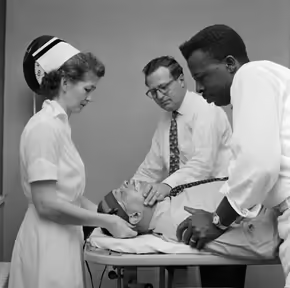
Depression’s forms and symptoms vary from person to person, and so does its treatment.
What works for one person may not work for another.
Clinical depression is highly treatable and more than 80 percent of people who are treated show improvement.
Depression | Mental Health America (mhanational.org)
Effective and common treatments for major and chronic depression are antidepressant medications to relieve symptoms and psychotherapy to learn effective coping methods, or a combination of the two.
Antidepressant medications help to normalize levels of mood-regulating chemicals in the brain, specifically neurotransmitters called:
- serotonin
- norepinephrine
- dopamine
The newest types of antidepressants are selective serotonin reuptake inhibitors (SSRIs), known commercially as:
- Prozac
- Paxil
- Zoloft
among others.
Also commonly prescribed are serotonin and norepinephrine reuptake inhibitors (SNRIs), known to us as Effexor and Cymbalta.
SSRIs and SNRIs generally have fewer side effects than the more established tricyclics and monoamine oxidase inhibitors (MAOIs), which are known to have food and drug interactions.
One type of antidepressant may work better than another from person to person, and doctors encourage patients to try different forms until the right one is found.
Antidepressants are taken regularly for at least four weeks (in some cases eight weeks) before improvement is noticed, and it usually takes six to 12 months for complete therapeutic effect.
In cases of severe or chronic depression, long-term treatment may be needed.
Psychotherapy is typically used in conjunction with medication, although for mild cases of depression, it may be best used solo.
In psychotherapy, also known also as talk therapy, people speak with a mental health professional about ways to deal with their depression and symptoms, thoughts of suicide and other problems.
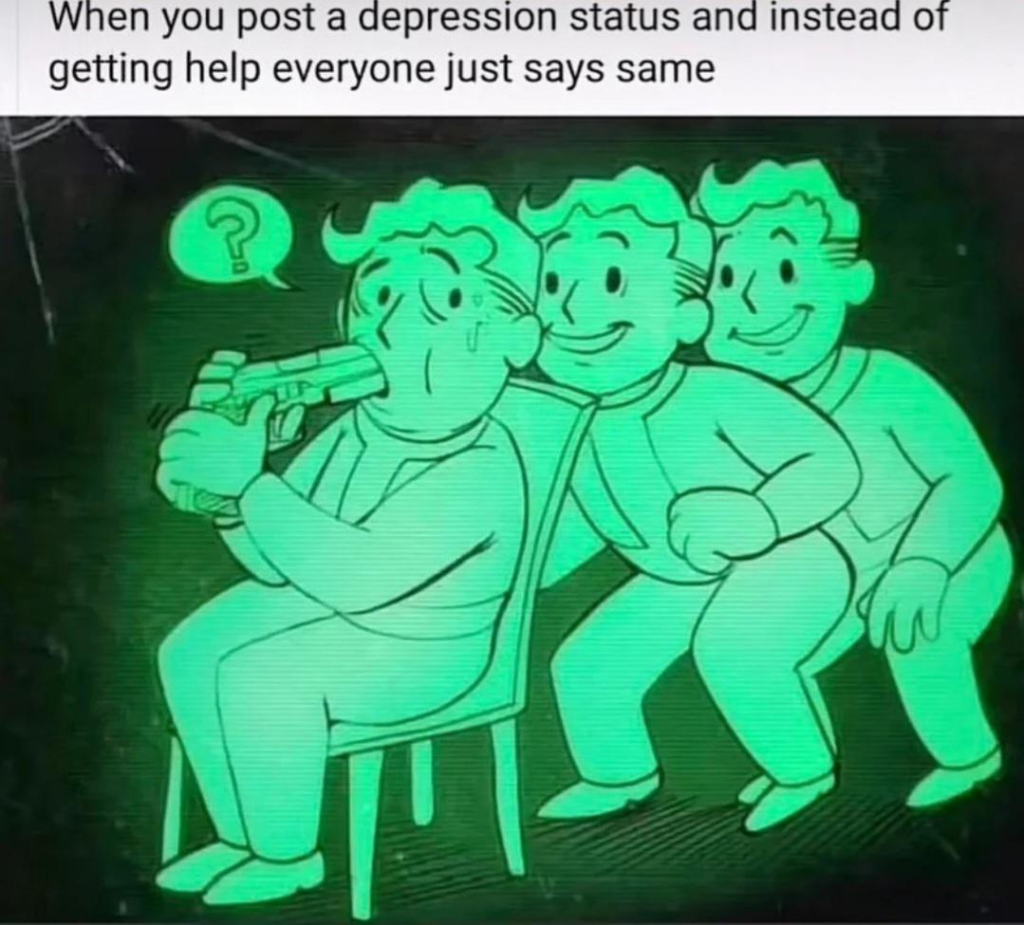
There are two main types of psychotherapy:
cognitive-behavioral therapy (CBT) and interpersonal therapy (IPT). CBT teaches people new ways of thinking and behaving, whereas IBT helps people understand and work on personal relationships that may be contributing to their depression.
One of the most misunderstood therapies used to treat severe depression is Electroconvulsive Therapy (ECT).
ECT is used when medications and psychotherapy are not effective, usually in suicidal patients, patients who experience treatment-resistant depression or patients who suffer from depression and mania.
Formerly known as shock therapy, ECT has improved since the 1940s and 1950s when stories of misuse and controversy were in the media.
During treatment, a patient is given a muscle relaxant and anesthesia.
Electrodes are affixed at specific placements on the head and are used to deliver electrical impulses of about 30 seconds, causing a seizure within the brain.
ECT is usually given three times per week for several sessions.
For people looking for more natural remedies, St. John’s Wort and other alternatives such as:
- acupuncture
- herbal remedies
- biofeedback
- massage and yoga
have been gaining increased attention in the last several years.
The False Teachings of Modern Yoga – Library of Rickandria
In recent scientific studies, St. John’s Wort proved effective for mild depression, but acted no better than a placebo when treating major depression
[source: National Institute of Mental Health].
For more information about depression and other mood disorders, including where to find help near you, visit the following resources.
Exercise and Mental Health
We all know that exercise will help keep us healthy.
It keeps blood pressure low and diabetes and other diseases at bay.
Did you know that it can also help improve symptoms of depression and other mood disorders?
By incorporating 30 minutes of physical activity into your day, three to five days a week, you can improve your mood and reduce anxiety.
While it’s not a cure, research suggests that exercise raises levels of mood-enhancing neurotransmitters in the brain, releases endorphins and reduces levels of the stress hormone, cortisol.
More Related Links
- Mental Health America
- National Mental Health Information Center
- National Depressive and Manic Depressive Association
- More from YOU: Being Beautiful
Mental Disorder Pictures | HowStuffWorks
